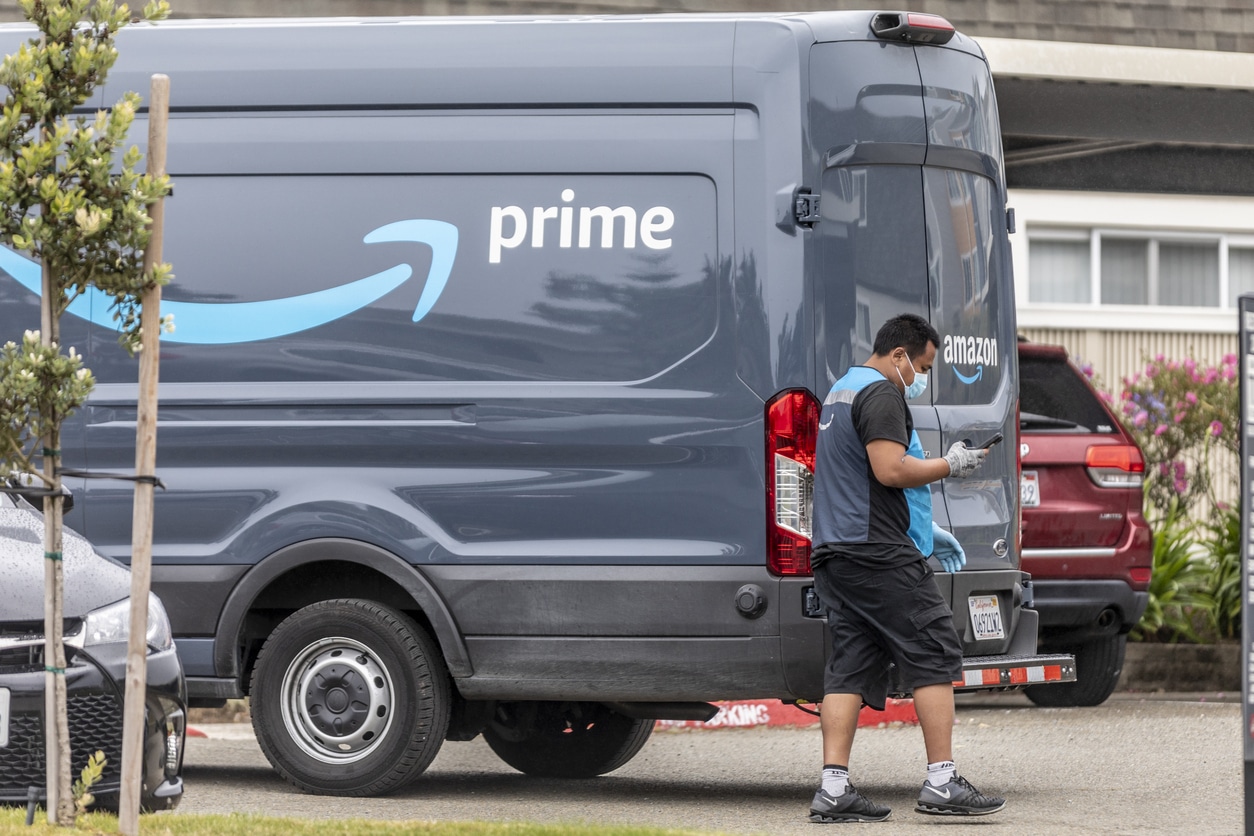Leaked Memo Shows Amazon May Be Short of Manpower Soon

A leaked Amazon memo studied by Recode reveals the e-commerce giant is going to run out of people to employ in their US warehouses as other companies are offering better salaries, benefits, and overall work environment.
Salient Points of the Leaked Memo
The memo reviewed by Recode includes internal Amazon research done in mid-2021, and it estimates that the company may run out of people to hire in its US warehouses by 2024.
Some places are projected to be more affected than others:
- Phoenix, Arizona
- Inland Empire region in Southern California
- Memphis, Tennessee
- Wilmington, Delaware
Places that have a higher concentration of similar industries, i.e., where workers have more options, are more likely to go through the labor pool faster.
To put things into perspective, the memo does not consider all of the United States’ working population. However, it considered important factors such as income and the worker’s proximity to an Amazon facility—two very important considerations given the nature of the job.
Being an Amazon warehouse worker, while a noble and honest job, is not exactly a career goal for most people. A lot of workers apply while waiting for a better opportunity to come. So when a nearby Walmart or Target offers higher wages (around $21 compared to Amazon’s $18), leaving is not a hard decision to make.
Earth’s Best Employer
In 2021, before stepping down as CEO, Jeff Bezos announced he wants to make Amazon the “Earth’s Best Employer and Earth’s Safest Place to Work.” This announcement came after the failed unionization attempt at a Bessemer, Alabama warehouse, where issues about stressful work environments and work-related accidents were brought up.
The company released an update on its mission to become the best employer on Earth, where it explained its controversial Time off Task policy, saying that it is not primarily meant for identifying underperforming employees but rather to determine the existence of issues with the tools workers use.
@motherboardvice Amazon uses the handheld scanners that workers use to track packages within the warehouse to make sure workers aren’t wasting time by doing things like “going to the bathroom.” #amazon #union #labor #vice #news ♬ A mysterious scene of the near future like Blade Runner(994826) – The Structures
In September 2021, Amazon reported it was looking to hire 125,000 more workers. This is because of more warehouses being built, but it’s also partly because of the company’s high turnover rate. According to the Recode article, Amazon’s attrition rate in 2019 was 123%, jumping up to 159% in 2020. This means that a lot of the employees they’re looking to hire will not add to their overall number of workers—they’ll just be replacing those who left.
Despite these problems, LinkedIn still ranked Amazon as the no. 1 company to grow your career in 2022.
More Warehouses, Fewer Workers
Another thing that adds to the problem is Amazon’s rapid growth during the pandemic. As e-commerce sales rose, the company built more facilities. However, after the lockdowns and strict social distancing mandates, Amazon’s e-commerce revenue fell short of estimates, (down 3% Y/Y) according to its Q1 2022 Earnings Report.
The company’s recent actions support the fact that its e-commerce arm is not doing as well as it was. It started subletting more of its warehouses and slowed down its delivery service partner recruitment.
What This Means for Third-Party Sellers
The potential shortage of Amazon warehouse workers will affect not only Amazon but also third-party sellers, especially those who use FBA. The efficiency of fulfilling orders might suffer. Amazon Prime banks on fast and free shipping to retain members and ensure Amazon has a constant pool of loyal customers who regularly purchase from the site.
If efficiency is affected, this will negatively impact Amazon’s Flywheel strategy and hurt its reputation of being a customer-centric company. As other retailers like Walmart are improving their e-commerce game, there’s no telling how customers will react, especially since Prime membership and everything else has become more expensive.

Amazon is unlikely to allow this to happen. It has a number of options in retaining employees, the most obvious of which is to entice them with better pay. The company recently increased the minimum salary from $15 to $18, but it doesn’t seem to compare with what other retailers are offering.
If Amazon is forced into another increase, third-party sellers might bear the brunt, which can be in the form of increased seller fees. When Amazon announced the 5% fuel and inflation surcharge, it cited as one of its reasons the fact that it absorbed a lot of costs, reminding sellers that it increased the minimum salary to $18.
Amazon’s Side
Recode reported it asked Amazon spokesperson Rena Lunak about the memo, but she declined to comment on it. However, Engadget did manage to get a statement from Lunak. She said that the memo was just one of the draft documents they use to test assumptions but aren’t used to make decisions and that the report “doesn’t represent the actual situation.”
However, a statement from former Amazon manager Michael Garrigan shows that this is not the case. Garrigan revealed that the company had to be more lenient to workers since 2020 because it needed the manpower that badly.
This practice is in contrast to Bezos’ original take on hourly workers. Former Amazon vice president David Niekerk told The New York Times that Bezos believed people are “inherently lazy.” So before this imminent shortage of manpower, the Amazon founder deemed high turnover rates desirable.
Is this the reason why Jeff Bezos all of a sudden wants to make Amazon the Best Employer on Earth despite his original view? Although the company is looking to automate as much of the process as possible, actual humans are still needed on the ground, and if the memo is to be believed, Amazon is running out of them fast.




